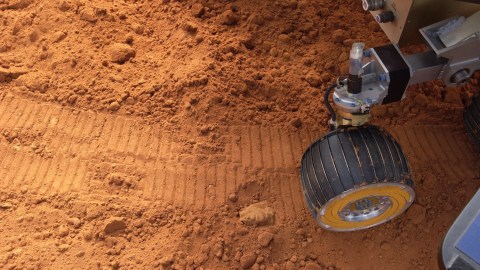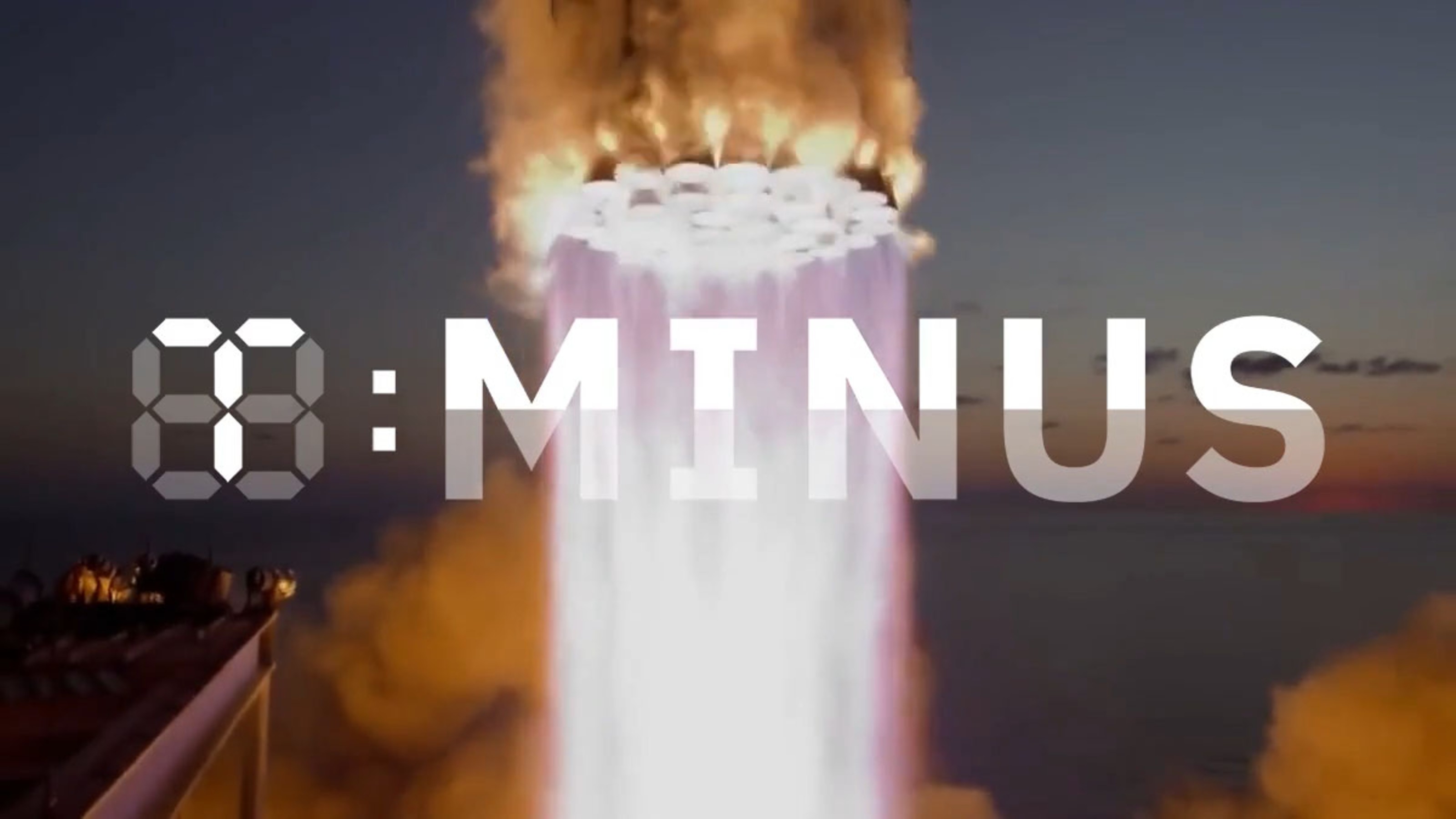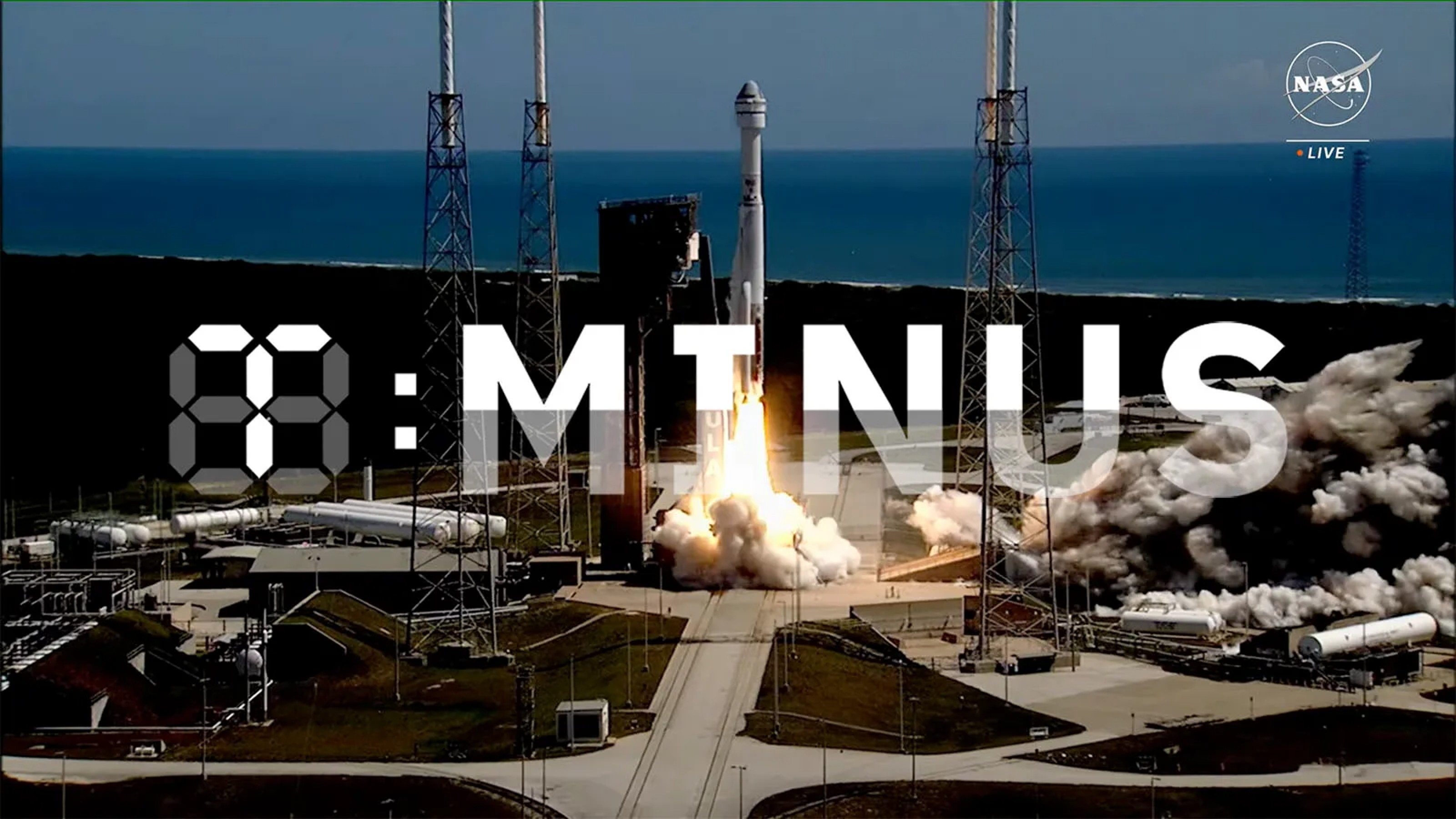Six Scientists Emerge from Eight Months of Isolation on ‘Mars’

Imagine spending the rest of your life stranded on a planet with the same six people. It sounds like you might go mad after a time. However, Sarah Kaplan of The Washington Post was happy to report six “astronauts” emerged from the Hawaii Space Exploration Analog and Simulation (HI-SEAS) mission where they faced Mars-like isolation for eight months.
The purpose of the study was to examine crew cohesion in order to prepare for a Mars mission. The three men and three women led out their lives, exiting their half-size volleyball court habitat in space suits, breathing artificial air. They had no contact with the outside world, save for some online communication that was on a 20-minute delay — mirroring the time it would take to send a message from Mars to Earth. Their bedrooms were nothing but “glorified closets,” Martha Lenio, commander of the HI-SEAS mission, remembers. Food even came in those freeze-dried packets and toilets didn’t flush.
Lenio said in an interview with Kaplan:
“It was a bit overwhelming at first. We didn’t really know where to look or what to say. Having all these people around is a bit difficult.”
However, the most important part of the mission isn’t over. The crew members of this simulated expedition will have a series of exit interviews to figure out what worked and what didin’t.
Principal Investigator Kim Binsted explained in an interview with The Globe and Mail:
“Long story short, we want to know how you pick a team, and then support a team, for these long-duration space missions so they won’t kill each other.”
The European Space Agency (ESA) is conducting a similar study in order to anticipate breaks in the human condition. They dispatched a 13-person research team to Antarctica to endure six months in isolation.
The best days, Lenio remembers, were also the hardest: when something went wrong. Those days saved the crew members from boredom filled with internet time-outs and message delays.
While this study is a great prelude to figure out how to anticipate the “human factor” in a mission to Mars, there are still many other factors that could alter astronauts’ brains in ways researchers could not anticipate. Space radiation is still a big concern. Yet, despite the many technicalities that are standing against a Mars mission, NASA and Elon Musk both believe they can make it by 2020.
Read more at The Washington Post.
Photo Credit: Getty Images/ Getty Images





